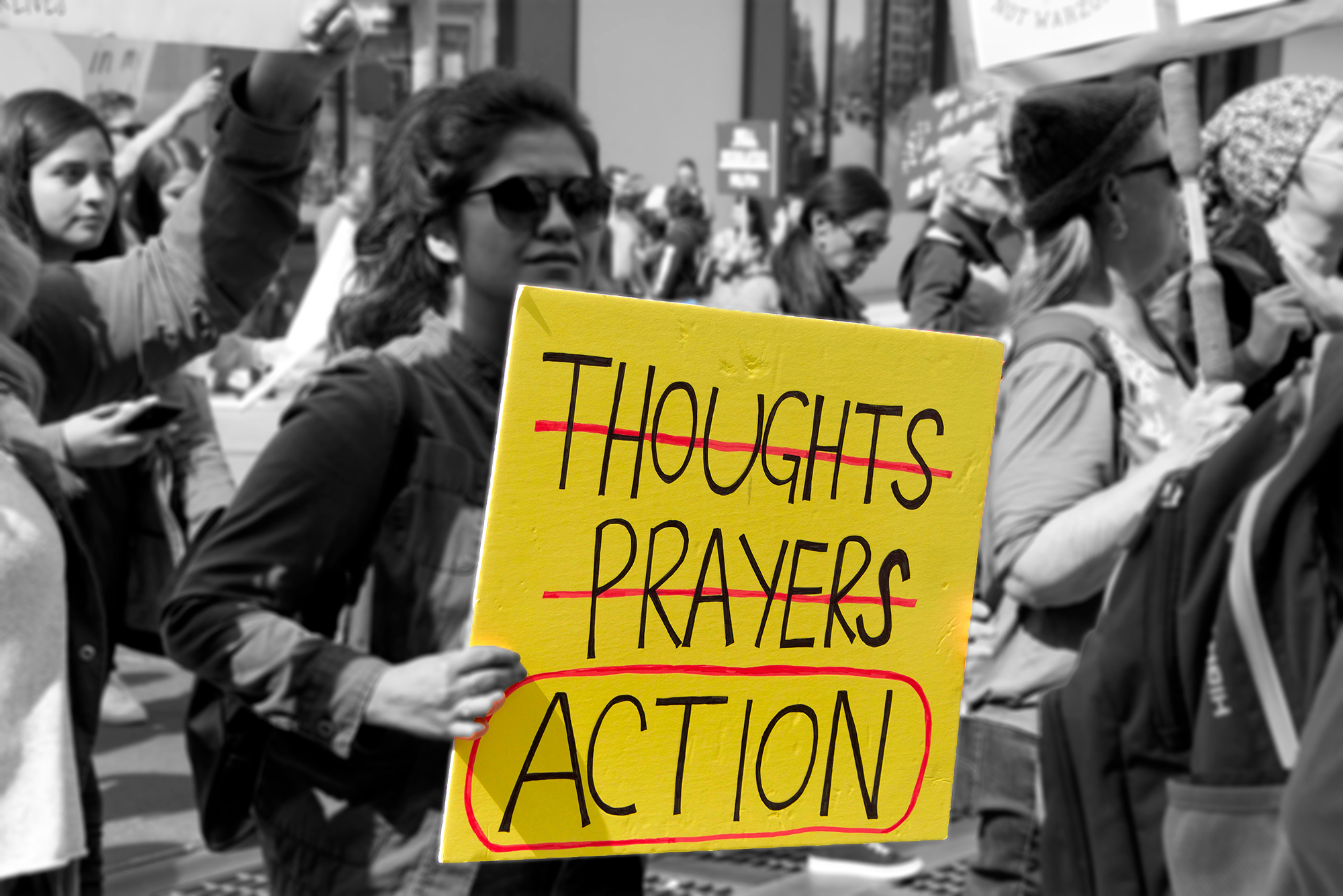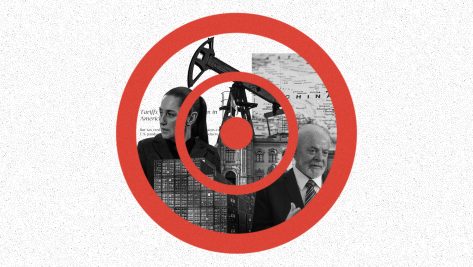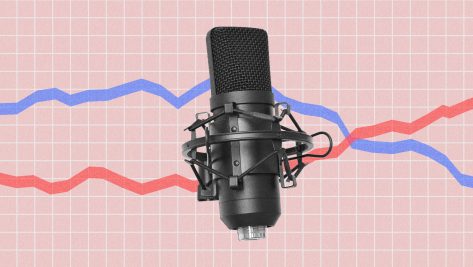Another heartbreaking mass shooting of schoolchildren in the United States has left many Americans demoralized about any prospects of common sense gun safety laws. Yet, there is still hope to be found in the activists who take on the fight and keep it up. For, as Margaret Mead famously said, “Never doubt that a small group of thoughtful, committed citizens can change the world; indeed, it’s the only thing that ever has.”
Activism is not for sissies. It requires deep passion to fuel the grit needed to keep up the fight for years, decades, even across generations. How many years of activism did it take for women to finally win the right to vote in the U.S.? Fifty. Talk about persistence and resilience. And anger can also be a major driver of activism: my own personal outrage over George W. Bush’s war in Iraq drove me to found the Democrats Abroad chapter in Madrid in 2004 and spend the next five years building it into a group of activists that continues today, increasing in strength and organization.
However, it is the life-changing experiences that often provide the strongest impetus to organize for change. Four famous shootings – two school shootings and two assassination attempts – have birthed some of the most significant activism for gun safety. While most of these groups of collective action haven’t achieved sweeping national change, they have often been successful at the state level, which is where most of the laws are that govern the day-to-day lives of U.S. residents.
Let’s take a look at these four unfortunate shootings and how they have propelled activism: the Marjory Stoneman Douglas High School Shooting, the shooting at Sandy Hook Elementary School, the assassination attempt of U.S. Representative Gabrielle Giffords, and the assassination attempt of President Ronald Reagan that left his Press Secretary Jim Brady partially paralyzed.
Marjory Stoneman Douglas High School
On February 14, 2018, 19-year-old Nikolas Cruz walked into Marjory Stoneman Douglas High School, where he was a former student in Parkland, Florida and opened fire. Seventeen students and staff died as a result and 17 more were injured, surpassing the numbers of the 1999 Columbine High School shooting in Colorado in which 17-year-old Eric Harris and 18-year-old Dylan Klebold murdered 10 students and one teacher.
Like many horrific events, the Parkland shooting launched a whole new generation of student activism, one that demanded more stringent laws around guns and produced some recognizable names and faces, such as Emily Gonzalez and David Hogg. Along with their classmates Cameron Kasky, Alex Wind, and Jaclyn Corin they landed on the cover of Time magazine just before they launched March for Our Lives on March 24, 2018. The protest made history as the largest of its kind against gun violence.
It’s unfortunate that it takes such soul-crushing moments to spur people to action.
The group of teenagers also went on to found a student-led political action committee called Never Again MSD that “champions several causes, including genocide awareness, civil rights, human rights, and more recently, gun regulation and school safety.” So far, they have focused on their home state of Florida, a famous swing state with a Republican governor who has a national profile. Change came. Governor Rick Scott signed a bill into law in March of 2018, that raised the minimum age for buying a rifle in Florida to 21 years old and introduced a three-day waiting period on the purchase of any gun. The bill also included the hiring of school resource officers (aka police officers who ensure school safety) as well as the more controversial effort of arming teachers who are trained in how to use a gun.
Sandy Hook Elementary School
20-year-old Adam Lanza walked into Sandy Hook Elementary School in Newtown, Connecticut on December 14, 2012, and shot and killed 26 people, of them 20 were six- and seven-year-old children. Words can’t do justice to this act of pure evil.
Sandy Hook Promise is a non-profit organization that was founded by family members of the victims with the mission of “Protecting America’s children from gun violence in honor of the precious lives that were lost at Sandy Hook Elementary School.” Their work mostly focuses on research-based “Know the Signs” training programs that lead to safer schools.
Nicole Hockley, the founder of Sandy Hook Promise who lost her son in the massacre spoke with MSNBC about the recent shooting at Robb Elementary School in Uvalde, Texas. Her swollen red eyes show a magnitude of pain and trauma and she notes how some politicians always say, “now is not the time” to discuss change after shootings but “we can’t wait another day because there’s another mass shooting each day. The time is now, the time is before these things take place (. . .) to come to the table and have discussions about what we can agree on which is that people are dying.” While it’s unfortunate that it takes such soul-crushing moments to spur people to action, Hockley says that Sandy Hook Promise has been inundated anew with people contacting them looking to help in this fight. She says that it comes down to voting and urges Americans to “vote your conscience.”
Another group that rose out of the Sandy Hook shooting is Evolve, founded by Rebecca and John Bond, with a focus on gun safety while staying out of the issue of partisan politics. They made headlines in 2014 with a hilarious video titled “It’s the right to bear arms, not the right to be a dumbass” and continue to use the dumbass theme to educate people via humor about gun safety.
Everytown is another activist group and describes itself as the “largest gun violence prevention organization in America.” It was founded by former New York Mayor Michael Bloomberg in 2013 when Mayors Against Illegal Guns and Moms Demand Action for Gun Sense in America decided to join forces. This “movement of more than 8 million mayors, teachers, survivors, gun owners, students, and everyday Americans” focuses on education, political advocacy, and grassroots organizing.
Gabrielle Giffords
On January 8, 2011, Representative Gabrielle “Gabby” Giffords attended her first “Congress on Your Corner,” an outside event designed to give her constituents the opportunity to speak directly with her about the issues that matter to them. Twenty-two-year-old Jared Lee Loughner approached the crowd of people in front of the Safeway supermarket and opened fire, killing six people including a federal judge and a nine-year-old girl. He shot Giffords in the head at close range. She miraculously survived, but not without multiple surgeries and arduous rehabilitation.
Giffords resigned from Congress in 2012 to focus on her recovery, but she has continued to lead, becoming an active symbol of hope, courage, and even (at times) political unity in the fight against gun violence.
In the wake of the Sandy Hook shooting in 2013, Giffords and her husband Mark Kelly (a retired astronaut and now Senator for Arizona) founded the Americans for Responsible Solutions, a non-profit organization and super PAC (political action committee) that advocates for gun control and has since been re-named Giffords. Its approach is three-pronged: it mobilizes voters and education lawmakers; experts at the Giffords Law Center draft and defend laws and policies; and Giffords PAC supports candidates and elected officials who support gun laws.
The group’s victories include helping elect “the strongest gun safety ticket (Biden-Harris) in US presidential history” and turning the Virginia State Assembly blue which enabled the body to enact seven landmark gun safety laws.
Jim Brady
Giffords wasn’t the first official who was shot and turned to activism. President Ronald Reagan’s press secretary Jim Brady was left partially paralyzed during an assassination attempt on Reagan on March 30, 1981, by the 25-year old John Hinkley Jr. Brady and his wife Sarah became active with an existing organization called Handgun Control, Inc, which eventually became the Brady Campaign to Prevent Gun Violence.
One of the organization’s most notable actions is the Million Mom March, which began on Mother’s Day, May 14, 2000 with a massive march on the Mall in Washington, D.C. Its biggest win has been the famous Brady Bill that was signed into law, becoming the Brady Act, by President Bill Clinton on November 30, 1993, after “six votes over seven years and three presidencies.” The law established a waiting period and background checks on all handgun purchases from federally licensed firearm dealers.
The U.S. Supreme Court deemed the provision that obligated state and local law enforcement officials to run background checks unconstitutional in 1997 but left them free to do so if they chose. Today, just 21 states and the District of Columbia have some form of background checks, even though 97% of Americans and 80% of Republicans support them in a survey cited by Sandy Hook Promise. Sadly, any new federal law of this dimension is unthinkable today and, in fact, some analysts posit that the Brady Bill went so far that it pushed groups like the NRA to become belligerent in their quest to protect the rights of gun owners.
There is evidence that mass shootings don’t actually lead to better gun control. In fact, research finds that pro-gun rights citizens are more consistently engaged in advocacy all the time, not just after mass shootings. It is beyond the scope of this article to go deep into the U.S.-specific activism to protect gun rights, or what is often called “2nd Amendment advocacy” but this is mostly led by groups such as the Nation Rifle Association (NRA), which is the most well-known, but has fallen on hard times. Gun Owners of America is even more extreme and criticizes the NRA for what they call “compromising” on gun rights. Others include the Second Amendment Foundation and The Law Enforcement Alliance of America. One of the older groups is the Congress of Racial Equality, which was founded in Brooklyn in 1941 to fight for civil rights as well as the rights of Black people to bear arms. Other activist groups lean towards an extreme right anti-government point of view, such as the loosely organized Boogaloo Boys.
While the NRA has been recently imploding with internal scandals, they have succeeded in creating an ideology that believes that any sort of gun control is a “slippery slope” towards a total ban and the elimination of the Second Amendment (the right to bear arms.) This is problematic for two reasons. First, it’s just not true that Democrats want to ban guns altogether or eliminate the Second Amendment. Second, and more importantly, this attitude puts Republican lawmakers in a difficult position of being unable to even express a willingness to negotiate the most common-sense gun safety laws.
Furthermore, rural parts of the United States have more representation in Congress, especially the Senate, and voters in these areas believe strongly in their right to own guns – and mostly vote Republican. While many Democratic lawmakers represent those areas with voters who want more gun restrictions, not all do. For example, Senator Bernie Sanders comes from the very blue state of Vermont, but Vermont is also very rural, which has kept Sanders from anything more than tepid support for gun control measures.
It’s also important to remember that while some policy is at the federal level, such as a database that would track gun sales, the lion’s share is enacted at the state level. Therefore, even if Congress is deadlocked on moving forward with any commonsense gun safety measures, activists fight on and are sometimes able to gain some ground at the state level. California is a great example, with some of the toughest gun laws in the country and the lowest gun deaths per capita. What seems to work in California’s favor is a combination of measures to ensure gun safety and the fact that the state is so big that states with looser gun regulations are, quite literally, far away.
Much in the way that Republicans have chipped away at abortion rights at the state level and are now close to their holy grail of a Supreme Court decision nullifying Roe v. Wade, Democrats will do well to keep up a similar strategy when going after better gun control measures. It’s not the sweeping feel-good win that many activists and supporters dream of, but it’s the incremental change that will eventually add up to the big change.
A version of this article ran in Spanish in esglobal.
© IE Insights.











